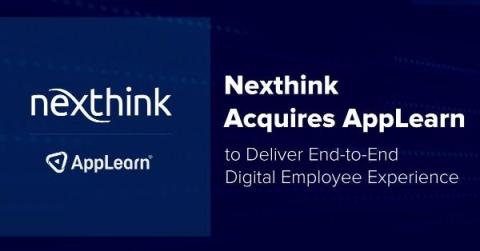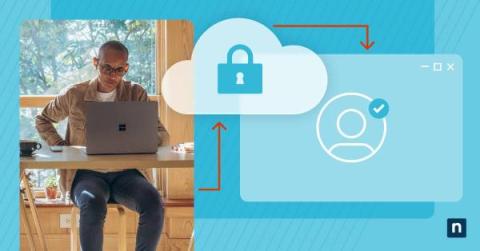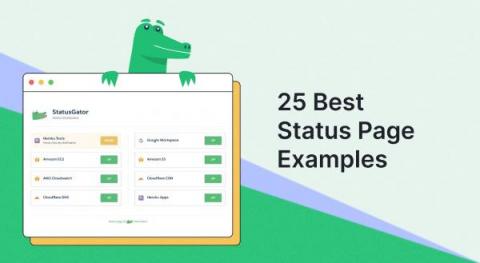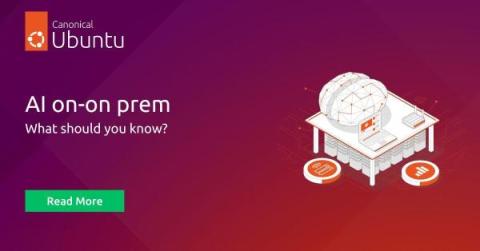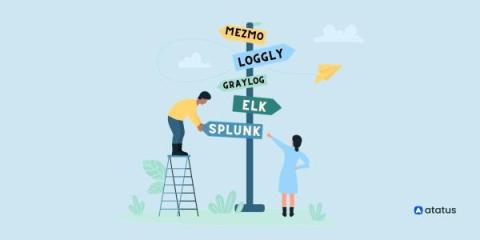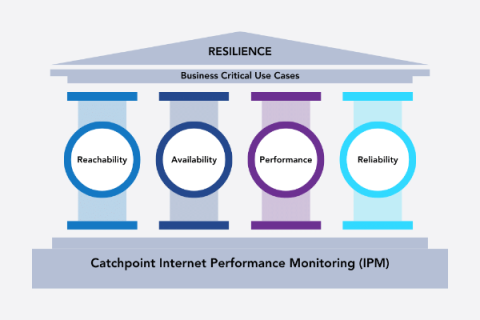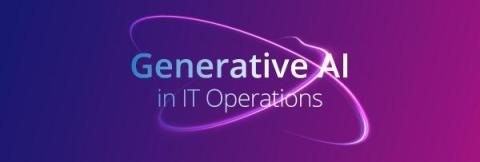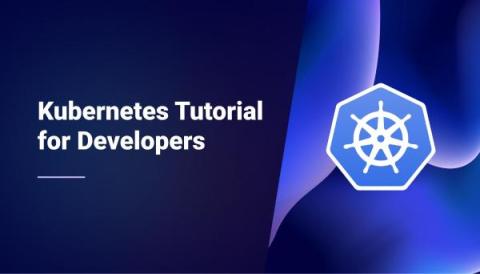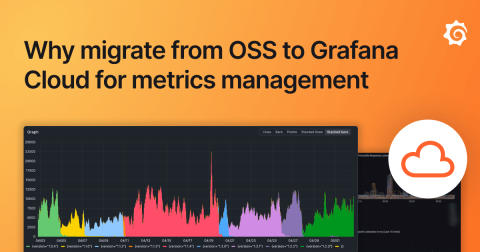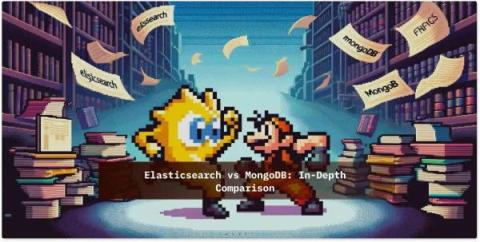Elevating DEX: Nexthink's AppLearn Acquisition Marks a New Era
In the early days of Nexthink we had a whimsical way of articulating what we were working to achieve. “We want to develop a kind of digital guardian angel,” we’d say, “sitting on the shoulder of the employee, ensuring they are getting the most out of every working hour: productive and enjoying their work, without sacrificing a single minute to IT issues or application problems.".


